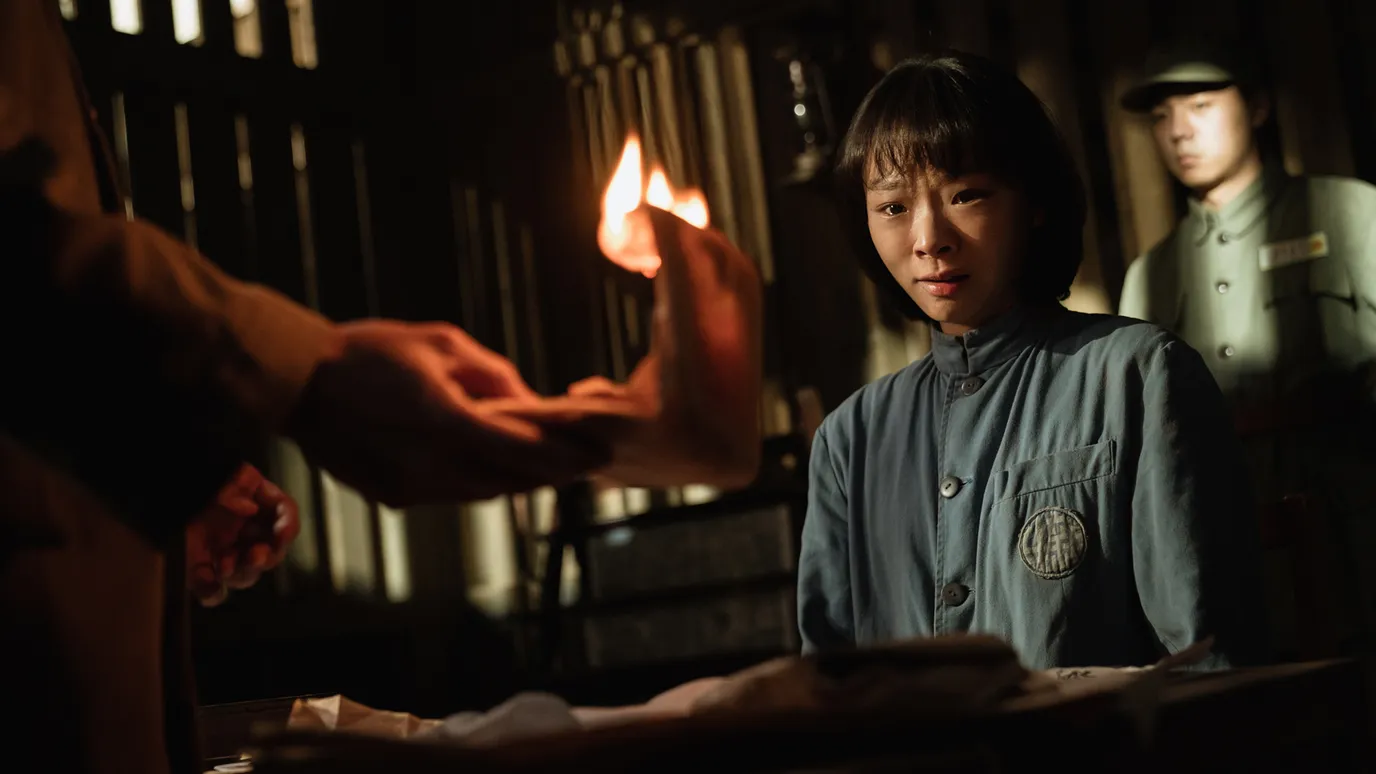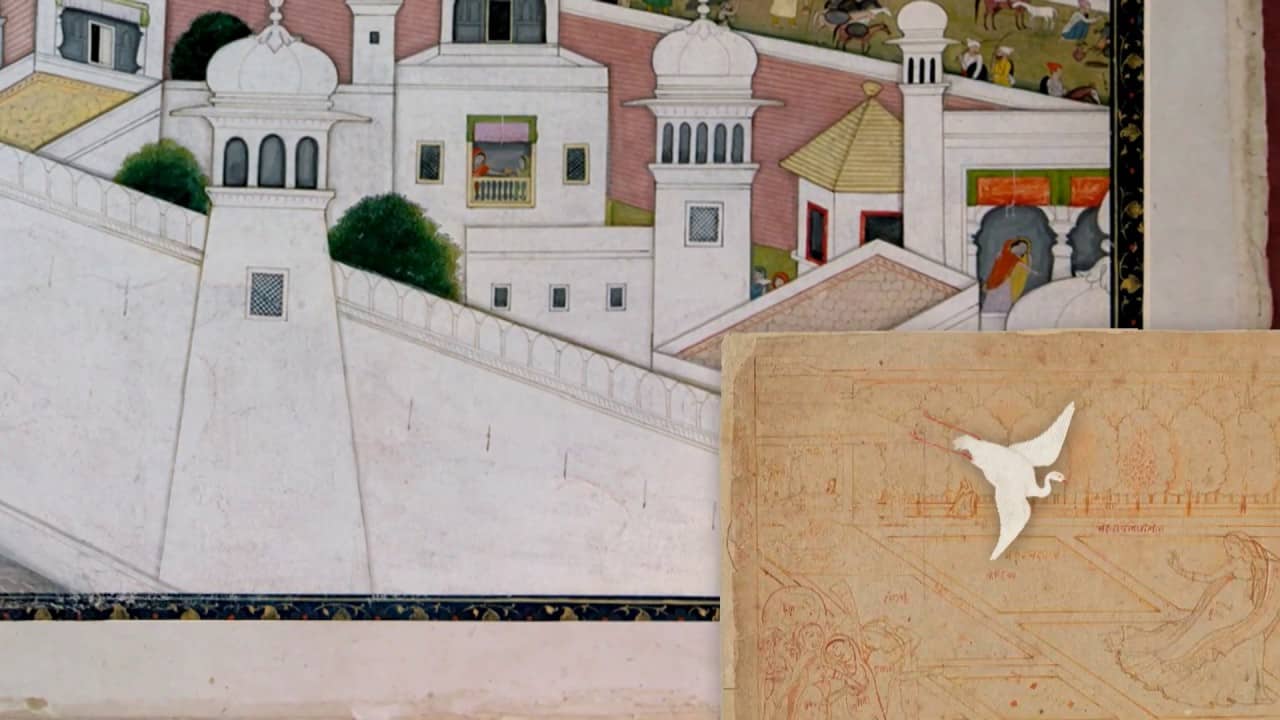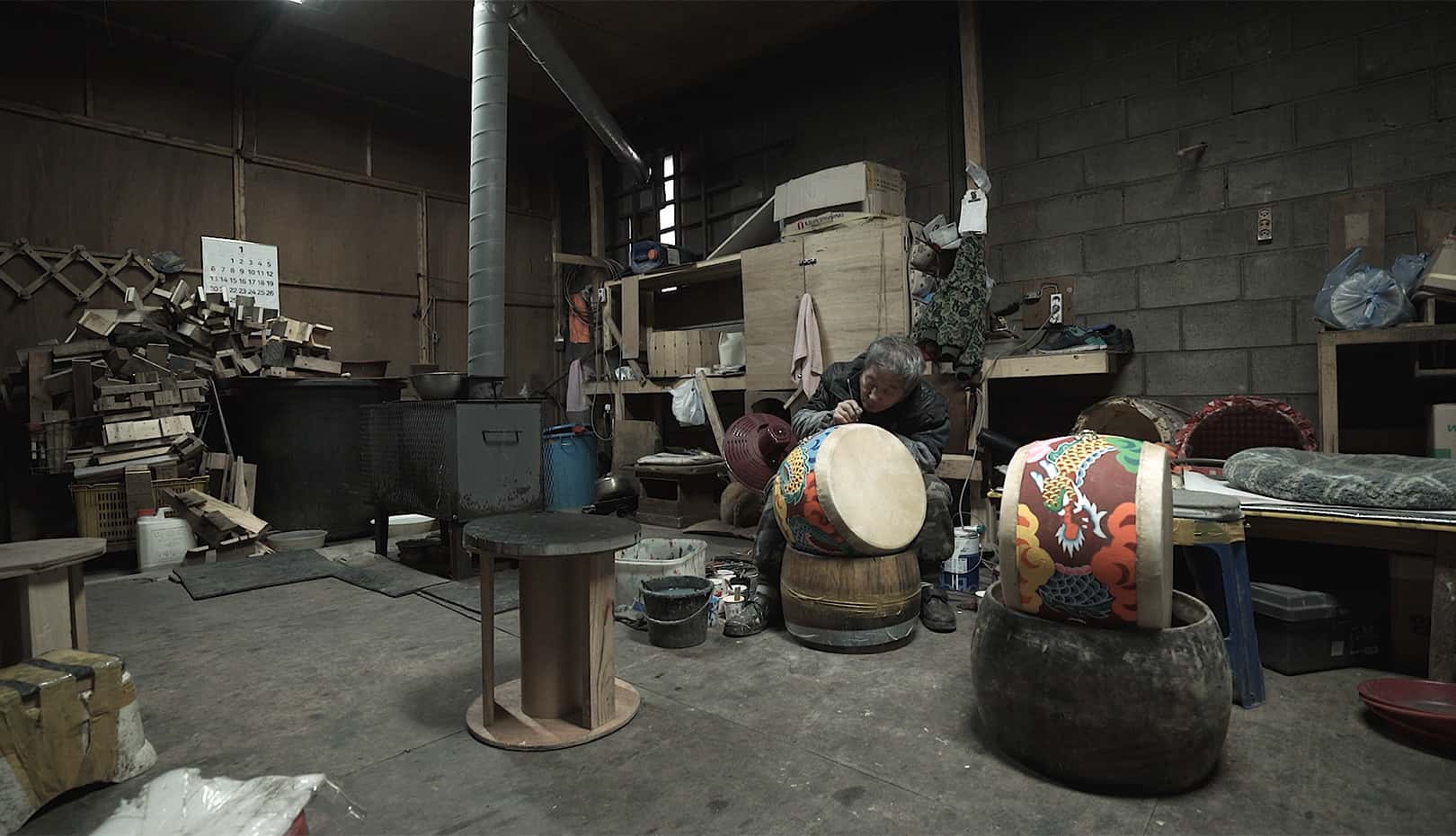Directors Joan Lander and Puhipau (working as Maka o ka ‘Āina – “the eyes of the land”) and their production team spent five years documenting (since 1999) everything revolving around Mauna Kea, the dormant volcano that rises almost 14,000 above sea level in Hawaii. The seasonal moods, the richly varied ecosystems that extend from sea level to alpine zone are presented in all their glory through the impressive footage the camera of the two directors captured.
“Mauna Kea – Temple Under Siege” is screening at San Diego Asian Film Festival

Their presentation however, does not stop there, extending to the legends, stories, and religious elements that surround the mountain, highlighting its cultural significance along with its geological. The combination of interviews with various locals and academics reveal the importance the mountain and its surrounding area holds for indigenous Hawaiians, who consider it a temple and kūpuna, an ancestor.
Furthermore, however, and in yet another issue that shows how much the people of the island have been neglected and exploited, the documentary also focuses on the telescopes that have been placed on its top, which, by 1980, have reached the number of 13. Their construction leveled not a few cinder cones, and subsequent operations brought untoward damage to species native to the mountain. At the same time, there was no benefit of any kind for the locals, since the reimbursing they receive is in hours of using the telescope for the local university students, but not in any kind of remuneration.
Furthermore, the actual reason for the beginning of the shooting of this documentary was a new master plan to bring further development and more telescopes in the area, something that enraged a large part of the local population, who were already unhappy with the previous landscaping. Their fight against this plan also takes a large part of the documentary, as it also highlights the pollution this kind of construction will bring to the area, which already had significant issues due to the use of chemicals for the telescopes.
To highlight the issue more thoroughly, the filmmakers traveled to Arizona and met with Apache elders, who face an almost identical issue with telescope development on their revered mountain, Dzil Nchaa Si An, known as Mt. Graham.
At the same time, and although the film leans intently towards the activists who fight the plans, the benefits of the research conducted from the telescopes is also presented, thus highlighting a clash within Hawaiian society that is also a rather important issue.
The editing tactics of Lander and Puhipau once more benefit the film immensely, since the rather fast pace allows for a thorough presentation of the whole topic in just 57 minutes, while keeping things interesting throughout, both due to the speed and the juxtaposition of many different elements, including archival footage and interviews. Furthermore, the exploration of the area induces the movie with a tour-guide element, which also works quite well for the narrative.
“Mauna Kea – Temple Under Siege” is another very interesting documentary by the crew of Maka o ka ‘Āina, who have made the depiction of the fight of the locals their life goal, with their dedication being obvious in every frame.















